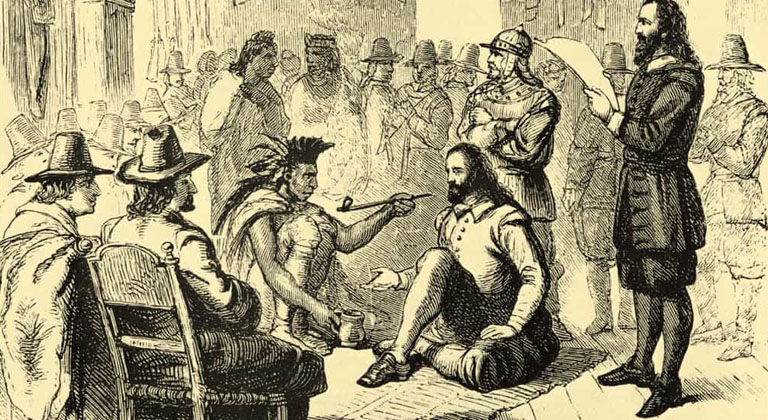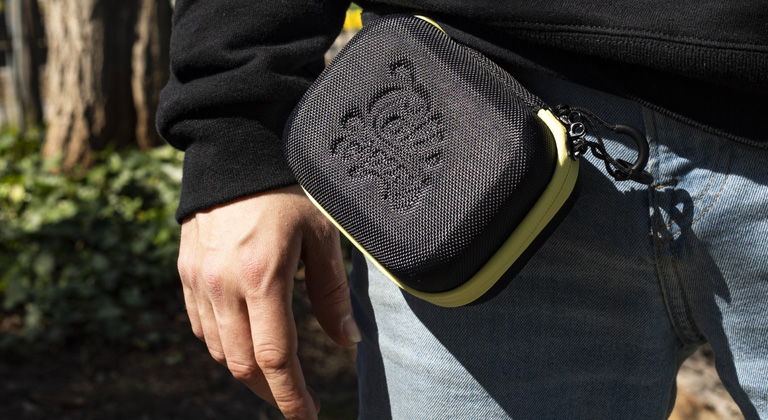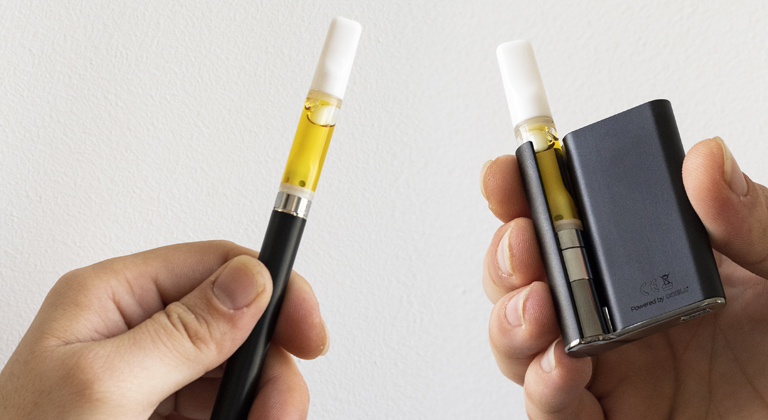In this post we’re going to have a look at the history behind the cannabis plant, starting with its origins and going over some of the most important historical moments in cannabis history.
How has cannabis changed since its origins?
Cannabis plants that we know nowadays are nothing like the originals; the shape, appearance and chemical composition of original wild cannabis plants from thousands of years ago are nothing like what we have today.
The history of cannabis, or better said, the history of cannabis and human beings, has various chapters that, not only have to do with the evolution of the plant itself, but also have a lot to do with the influence that humans have had upon it.
Cannabis Origins
It’s believed that cannabis originally grew somewhere in the Himalayas, and it stayed wild until around 12 thousand years ago, which is when we have evidence of the first time man domesticated cannabis plants.
In truth, the oldest evidence that we have of cannabis plants is from a resin fossil found in a tomb in Asia. It’s known that growing Cannabis Sativa L started in central Asia and it then started being domesticated and molded as a species. This means that we began to use the plant in order to satisfy our needs, whether they were therapeutic in nature for spiritual rituals, or used for fiber in the case of hemp.
In Egypt, cannabis and rolled cannabis cigarettes have been found in tombs, as well as many references to cannabis in hieroglyphics and mythological figures.
In fact, the bible can also be interpreted as talking about cannabis, although without directly referring to it. From mentions to an olive oil ungent using a plant called kane-kosm with curative properties, to mentions to a plant or “resinous stick” which also had supposed healing properties.

How was cannabis domesticated and how has it affected the plant?
Cannabis domestication, just like any other plant like tomatoes or potatoes, simply involved growing the plant and getting rid of specimens that aren’t useful over the years. This is how the plant has grown to become exactly what growers want it to be.
For example, when it comes to cannabis and its traditional uses, those to first grow the plant most likely began choosing specimens with better traits and capacity to fulfill the objective they were grown for.
In this case, Cannabis Sativa. L produced two different types of plant, hemp and marijuana. When it comes to hemp, plant which were better for producing hemp and fiber were selected and bred more; plants with longer stems, better branches and less intense flowers, with less resin.
However, if the objective was to obtain flowers with large amounts of resin for medicinal or recreational use, those strains with larger buds and more branches would be chosen for breeding.
This is how cannabis was domesticated in many different regions where it is traditionally grown such as India, Pakistan, and then in central-American regions like Mexico, Colombia and Peru.
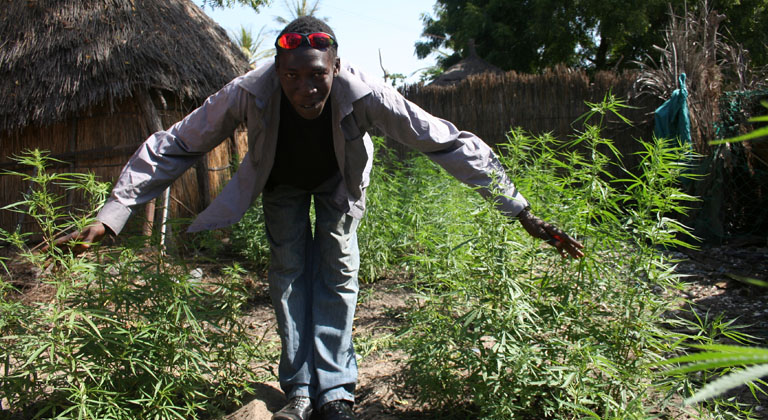
How did the plant get around the planet?
We know that the first ever cannabis plants grown by people were in central Asia, and this practice later extended around the world. First it was passed on to Asia, then west Europe and the Middle East, Indica, Africa and America.
Nowadays, it’s hard to find a region in which this plant isn’t present in some way or another. Hundreds of years ago, this plant spread thanks to travelling merchants who brought seeds from place to place and continent to continent.
However, those strains had adapted to the environmental conditions in central Asia, and they then had to adapt to a very different climate and conditions. It’s impossible to compare the mountains of Nepal, where plants grow in an arid, high altitude climate, with the conditions of a tropical rainforest, for example.
This is why cannabis started developing, over time, certain chemical and morphologic characteristics such as cannabinoids, terpenes and other molecules, designed to favor its survival in the world.
So, it’s clear that humans have influenced the modification of cannabis via domestication and genetic selection, and they also “forced” cannabis to adapt to new environments after “removing” it from its original region.
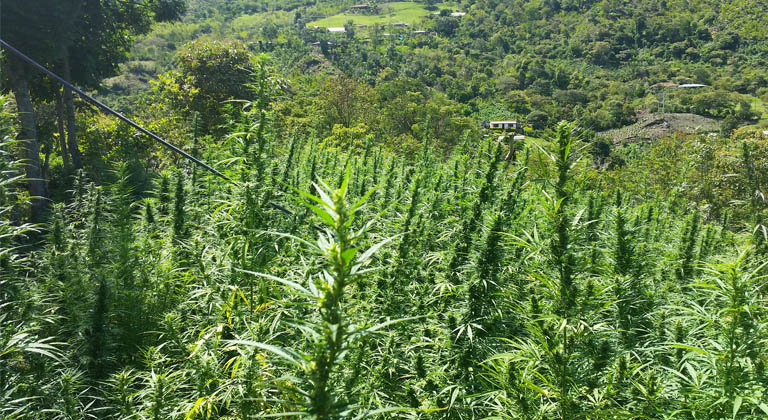
Classification of cannabis: Sativa, Indica and Ruderalis
As we were just saying, as cannabis began to spread around the world, it began to adapt to the needs of each region, creating brand new strains.
In 1753 a Swiss botanist called Carl Linnaeus realized that cannabis plants had been changing as they spread around the world, modifying its own shape and characteristics. Research was done to establish three types of strains according to their region and characteristics.
Large plants with thinner leaves typical of hotter and humid areas closer to tropical regions were called Cannabis Sativa. Smaller plants grown in colder mountain areas with thick, dark leaves were called Cannabis Índica. The smaller plants that adapted to small summers and few hours of light in certain regions of Siberia were called Cannabis Ruderalis.
Without knowing it, this botanist established the bases of cannabis classification that have lasted until today and have been used to establish the pillars of the modern cannabis industry. Nowadays, this concept is beginning to become obsolete, although we’ll deal with this in following posts.
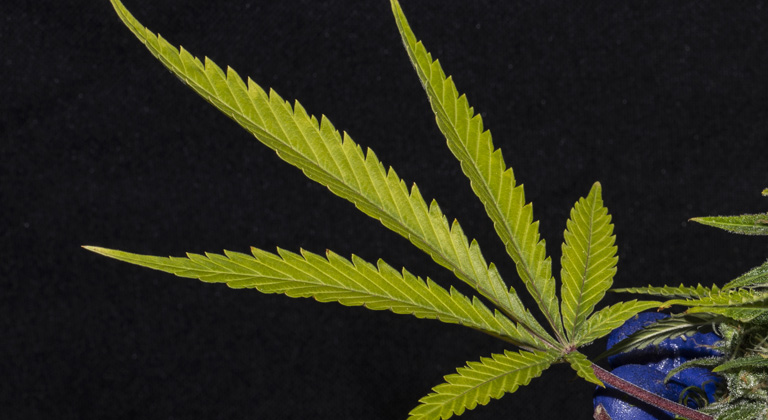
Cannabis, a Dioicous Plant
However, this wasn’t the only reason Linnaeus was interested; he also noticed that cannabis is a dioicous plant, which means that it produces both male and female plants.
This is how the species propagates and breeds; via both male and female plants. It was soon observed that if female plants are kept away from male specimens and not pollenated, their flowers would grow into larger buds with a much more intense aroma.
Without knowing it, this botanist discovered something that, centuries later would be called “sinsemilla” cannabis; a concept that nowadays is pretty widespread and the norm for growing cannabis, but used to be quite a revolution.
However, hundreds of years still had to come and go before cannabis was seriously domesticated; when we started to take more control over the plant via the breeding process. This certainly changed cannabis forever, regarding both appearance and characteristics, as well as the way we consume it!
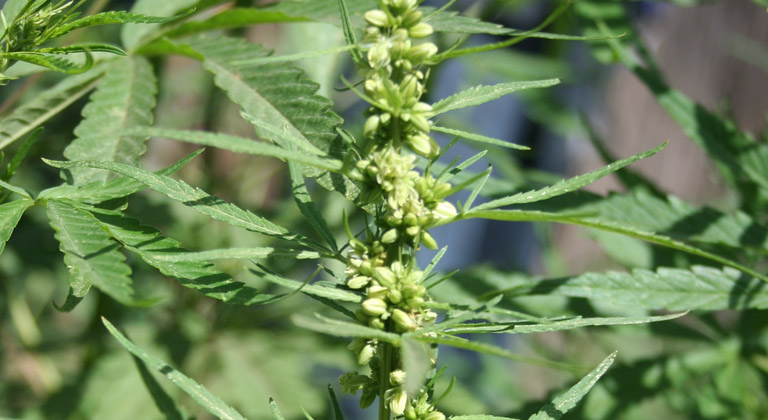
However, in order to find out all of this and more, you’ll have to wait until part 2 of our Cali Terpenes’ History of Cannabis; we dive into the advancements made over the last few decades and everything you’ve discovered about cannabis until the present day.
See you soon!
Cali Terpenes!

